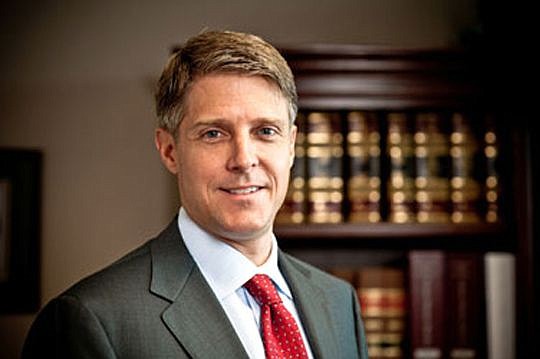
Political polling in America suffered a major defeat in the presidential election several weeks ago.
Pollsters missed the mark in determining the preferences of a large portion of voters, leaving many political analysts reeling.
Virtually all the major polls predicted a landslide victory for Hillary Clinton.
The result was a surprise to most and shattered the belief that analysis of pre-election poll data can predict the outcome of a presidential election.
In the post-election fallout, many political talking heads contended the polling fiasco was caused by voter bias. One bias analysts are pointing to is not getting the right responses when likely voters are interviewed on the telephone.
If certain prospective respondents don’t answer the phone, then pollsters miss out on a large segment of the voter pool due to nonresponse bias.
In a Nov. 19 Qualtrics blog, Dave Vanette wrote about non-response bias and commented, “It seems that certain segments of the voting population were less willing to participate in the pre-election polls altogether, and these segments voted overwhelmingly for Donald Trump.
“This problem is known in survey methodology as ‘biased nonresponse’ and occurs anytime when people who don’t respond to our surveys are systematically different from the people who do,” Vanette wrote.
If pollsters were unable to collect data from Trump supporters due to nonresponse bias, then this type of bias may have been part of the cause of inaccurate polling results.
Another type of voter bias is social desirability bias.
It occurs when voters mislead interviewers about the party they support, possibly due to the party’s relative unpopularity at the time.
A notable example of social desirability bias occurred in 1992 when British pollsters failed to identify the “shy Tories” in pre-election polling and did not fully appreciate their support for the conservative movement before the general election in Great Britain.
Political scientists believe this phenomenon affected pre-election polling results in the 2016 presidential election.
On Nov. 3, several days before the election, Steven Shepard published an article in Politico that challenged the notion an army of hidden Trump supporters would materialize on Election Day.
Shepard wrote the “shy Trump” theory centered around the basic premise that given Trump’s controversial candidacy, some voters “may perceive it is socially undesirable to admit support for the Republican nominee.”
According to Shepard, Trump’s campaign was betting that while voters may have proclaimed to vote against him before the election, the same voters would change their minds in the voting booth.
While it is too early to determine whether social desirability bias played a role in one of the most significant polling misses in history, there is no doubt the current state of political polling has been turned on its head.
Pollsters need to go back to the drawing board to identify what went wrong and determine how to build new data collection models that track what voters really think.
Perhaps election expert Thomas E. Mann said it best: “If we could go back to the world of reporting being about the candidates and the parties and the issues at stake instead of the incessant coverage of every little blip in the polls, we would all be better off.”